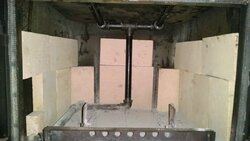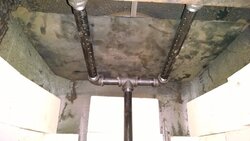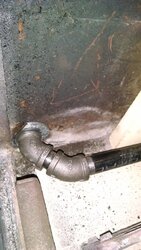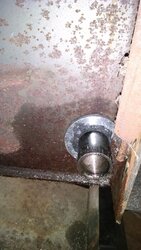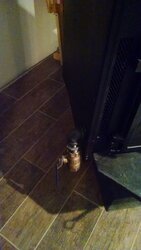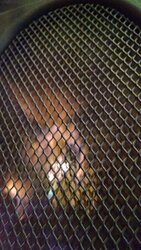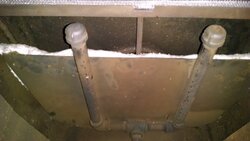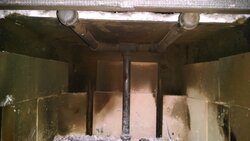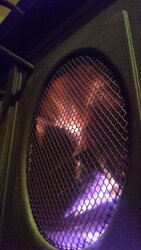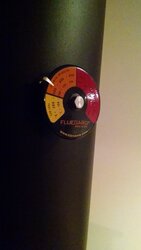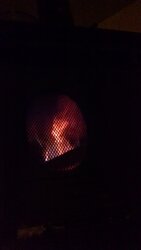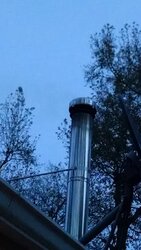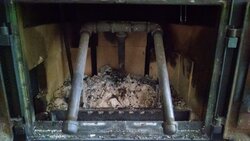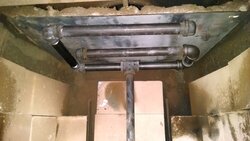Well... I ordered a Condar probe style flue thermometer, a wood moisture meter, and an IR temp gun which will all be here this week.
So back to the modifications.. I loaded some of the split wood and so far the stove seems to like it a lot more so I'm feeling a lot better about the baffle. Heat output is high... possibly higher then before but smoke output is almost 0 when the stove is up to temp.
Now, I was walking around my local TSC yesterday and they had firebrick for $1.99 each. I believe I'm going to measure the firebox tomorrow morning and pick up enough to line the bottom and the sides up to the bottom of the baffle.
With the baffle.. the firebox retains a lot more heat then it did originally. Is there risk of damage to the box itself due to the added heat retention? Will firebrick help/hurt this?
Also.. My wood stove has an air chamber between the firebox and the outer casing of the stove.. along with a blower built into the bottom. Will adding firebrick reduce the heat output from the blower?
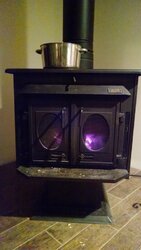
Thanks guys.
So back to the modifications.. I loaded some of the split wood and so far the stove seems to like it a lot more so I'm feeling a lot better about the baffle. Heat output is high... possibly higher then before but smoke output is almost 0 when the stove is up to temp.
Now, I was walking around my local TSC yesterday and they had firebrick for $1.99 each. I believe I'm going to measure the firebox tomorrow morning and pick up enough to line the bottom and the sides up to the bottom of the baffle.
With the baffle.. the firebox retains a lot more heat then it did originally. Is there risk of damage to the box itself due to the added heat retention? Will firebrick help/hurt this?
Also.. My wood stove has an air chamber between the firebox and the outer casing of the stove.. along with a blower built into the bottom. Will adding firebrick reduce the heat output from the blower?

Thanks guys.
Last edited:


